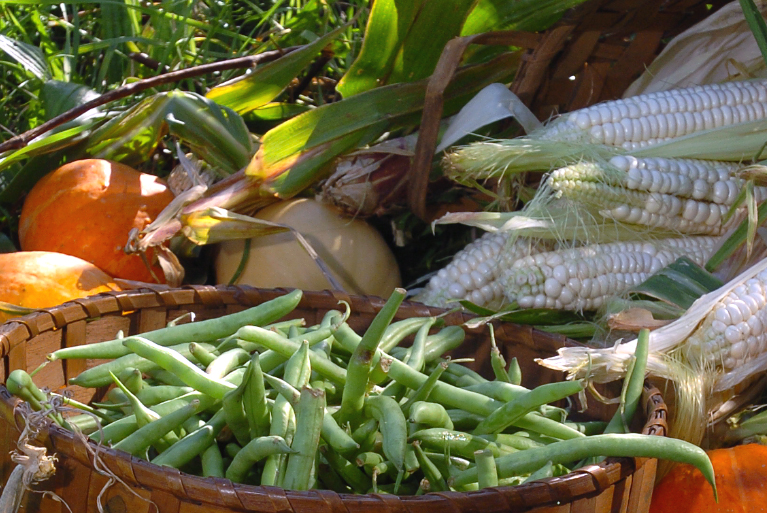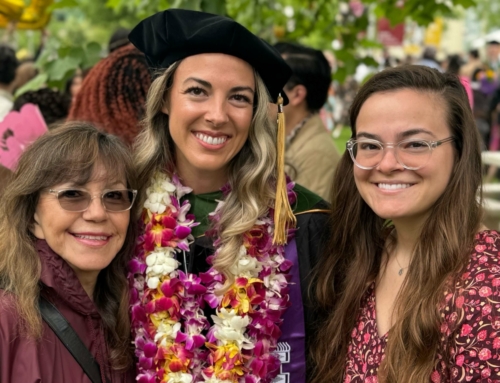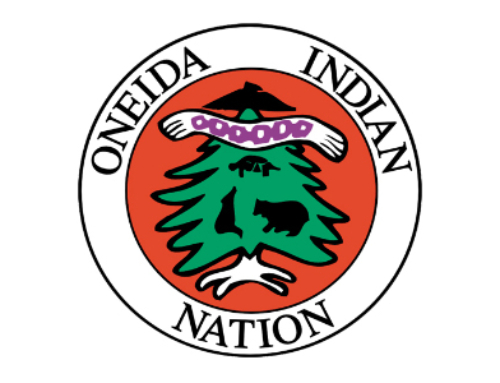Corn, beans and squash are known as the Sustainers of Life because they comprised the foundation of the Oneida diet of old. Although occasionally augmented by the nuts and berries that grew wild and meat from deer and other game, the Three Sisters together provided nearly all the nutrients the Oneida people needed to remain healthy and active.
In fact, modern nutritional science has shown that even the methods of preparing the Three Sisters, especially corn, increased their nutritional value. White corn has thick hulls that are difficult to grind and hard to eat, so they have to be removed before the corn can be used. Hulling by hand is time- and labor-intensive, but ancient Oneidas discovered that soaking the corn in a mixture of water and wood ashes would dissolve the hull without damaging the edible part of the corn. This became known as “hominy,” which could be eaten as it was or dried and ground to make hominy grist – known today as the very popular Southern dish of grits.
Preparing the corn in this way alters the nutrients so that the human body can absorb the highest amount of niacin. The process also increases the amount of calcium in the corn and turns the protein into a form that is more readily usable by the body.
Eating corn, beans and squash together – as the ancient Indians did in a dish that has come to be known as succotash – also enhances the nutritional benefits of each. Together, the complementary amino acids of the Three Sisters form complete proteins, virtually eliminating the need for meat in the diet. Traditional white corn also contains a slow-release carbohydrate that is now known to help prevent and regulate diabetes – a quality today’s more popular yellow corn lacks.
When grown together, the Three Sisters also fare better and are better for the environment. The corn stalk acts as a trellis for the beans. Bacteria that grow on the bean plants feed on sugar from the corn’s roots and convert nitrogen in the air into a form the plants can use, releasing nitrogen into the soil and providing fertilizer for the corn and squash. The squash vine’s wide leaves shade the soil, preventing erosion and weed growth and retaining moisture. Together, the Three Sisters yield up to 20 percent more produce while using a smaller plot of land that requires less water and less fertilizer.
Three Sisters in a Basket
If you don’t have room to plant a traditional Three Sisters garden, you can use a bushel basket or similar large container. In a lightweight soil mix, plant two or three corn seeds in the center of the container, leaving six inches between them. When the corn plants are six inches high, plant three or four bean seeds and two pumpkin seeds between the corn plants and the edge of the container; leave about two inches between the seeds and the edge. Water at least once a week, and treat with fertilizer or compost to provide adequate nitrogen (beans don’t provide enough nitrogen until after the first year, when their roots break down in the soil). To pollinate the corn, remove the tassel at the top of the corn plant and shake it vigorously over the silks of the ears. Do this as soon as the tassel emerges; otherwise, the pollen may be blown away in the wind.
Source: “The Three Sisters – Exploring an Iroquois Garden,” Cornell Cooperative Extension, 1997.






